North America Fresh Herbs Size
North America Fresh Herbs Market Growth Projections and Opportunities
The North American fresh herbs market is influenced by several key factors that shape its growth, trends, and consumer demand. One significant factor is the increasing awareness of healthy eating and the culinary trend towards fresh, flavorful ingredients. As consumers become more health-conscious and seek out ways to enhance the taste and nutritional value of their meals, there is a growing demand for fresh herbs. These aromatic plants not only add depth and complexity to dishes but also offer various health benefits, such as vitamins, minerals, and antioxidants, driving their popularity in the North American market.
Changing dietary preferences and culinary habits also play a crucial role in driving the North American fresh herbs market. With the rise of diverse cuisines and global food trends, there is a growing appreciation for ethnic flavors and ingredients. Fresh herbs feature prominently in many international cuisines, from Italian basil to Thai basil, cilantro in Mexican dishes, and parsley in Middle Eastern cuisine. As consumers seek to replicate authentic flavors at home or experiment with new recipes, the demand for a wide variety of fresh herbs continues to increase, fueling market growth.
The influence of convenience and accessibility is another significant market factor in North America. While fresh herbs were once primarily available in specialty stores or farmers' markets, they have now become more mainstream, with supermarkets and grocery stores expanding their selection of fresh produce, including herbs. Additionally, the availability of pre-packaged, washed, and pre-chopped herbs caters to consumers looking for convenience and time-saving options in meal preparation. This increased accessibility ensures that fresh herbs are readily available to a broader audience of consumers, driving market demand and consumption.
Consumer preferences for organic and locally sourced products also impact the North American fresh herbs market. As consumers become more environmentally conscious and concerned about food safety, there is a growing demand for organic and locally grown herbs. Organic certification ensures that herbs are grown without synthetic pesticides, fertilizers, or genetically modified organisms (GMOs), appealing to consumers seeking healthier and more sustainable food options. Likewise, locally sourced herbs offer freshness, traceability, and support for local farmers, resonating with consumers' desires for transparency and community connection in their food choices.
Marketing and branding strategies play a crucial role in shaping consumer perceptions and driving demand in the North American fresh herbs market. Companies invest in creative packaging, branding, and promotional campaigns to differentiate their products and attract consumers' attention. Eye-catching packaging, informative labeling, and certifications such as USDA Organic or Non-GMO Project Verified help communicate the quality, freshness, and sustainability of fresh herbs to consumers. Moreover, engaging consumers through social media, cooking demonstrations, and recipe inspiration fosters brand loyalty and encourages repeat purchases.
Government regulations and food safety standards also influence the North American fresh herbs market. Regulatory bodies such as the Food and Drug Administration (FDA) and the Department of Agriculture (USDA) set guidelines for the production, handling, and labeling of fresh herbs to ensure food safety and consumer protection. Compliance with these regulations is essential for herb producers and distributors to maintain product quality, safety, and consumer trust. Additionally, adherence to Good Agricultural Practices (GAP) and food safety certifications further demonstrate a commitment to quality and food safety, enhancing consumer confidence in fresh herb products.
Competitive dynamics and market trends drive innovation and product differentiation in the North American fresh herbs market. With an increasing number of players entering the market, competition is intensifying, leading to a greater variety of herb offerings and packaging formats. Companies differentiate themselves by offering specialty herbs, unique blends, or value-added products such as herb-infused oils or sauces, catering to diverse consumer preferences and culinary trends. Innovation in sustainable packaging, hydroponic cultivation, and vertical farming further contributes to product differentiation and market competitiveness.
Consumer behavior and preferences continue to evolve, shaping the dynamics of the North American fresh herbs market. While some consumers prioritize convenience and accessibility, others prioritize quality, flavor, and sustainability in their herb purchases. Understanding these preferences and market trends is essential for herb producers and retailers to develop targeted marketing strategies, product offerings, and distribution channels that resonate with their target audience. Consumer education initiatives highlighting the culinary uses, health benefits, and sustainability practices of fresh herbs help increase awareness and drive demand in the North American market.
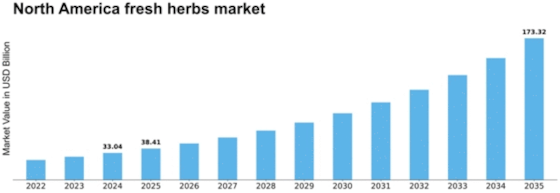

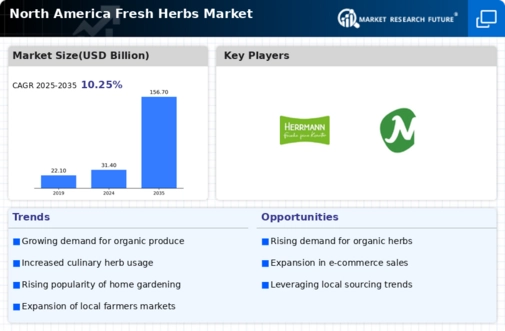

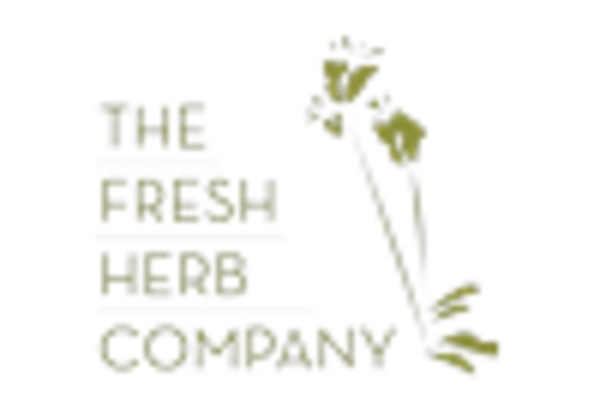
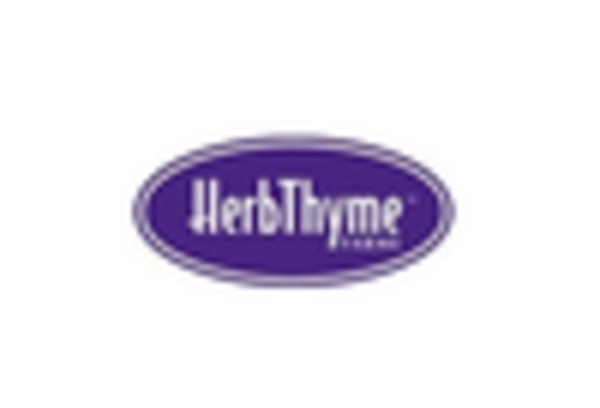
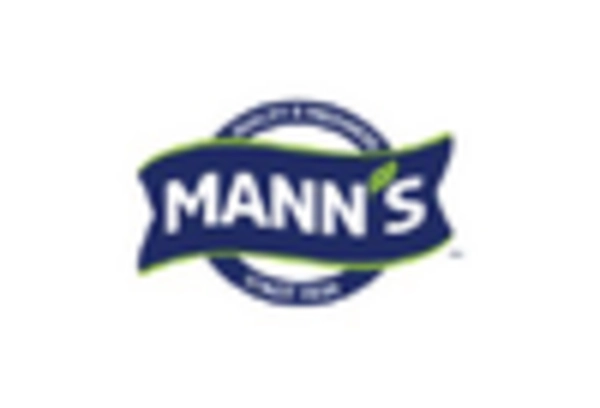
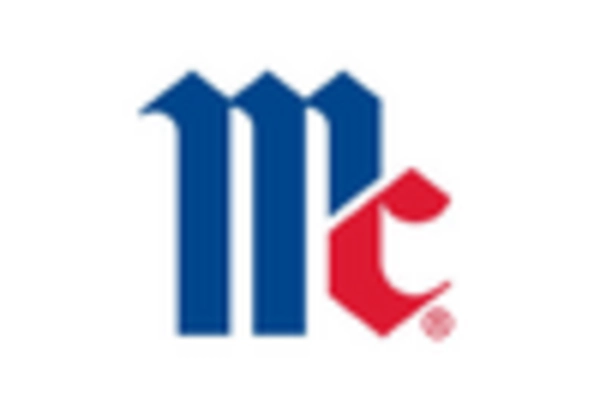
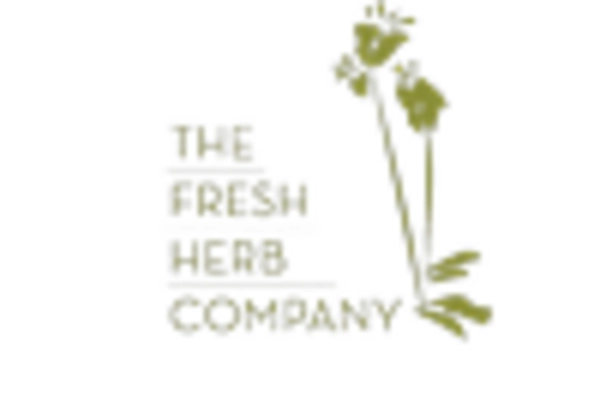









Leave a Comment